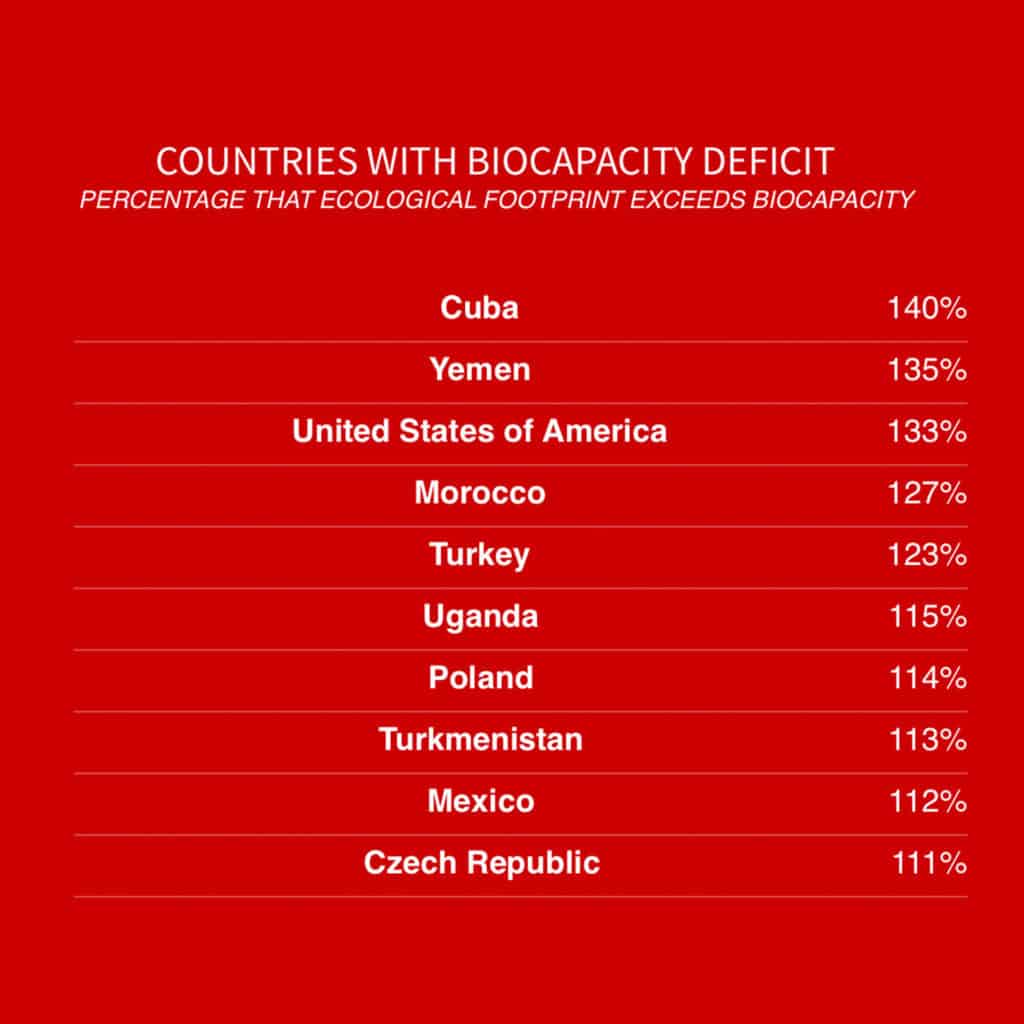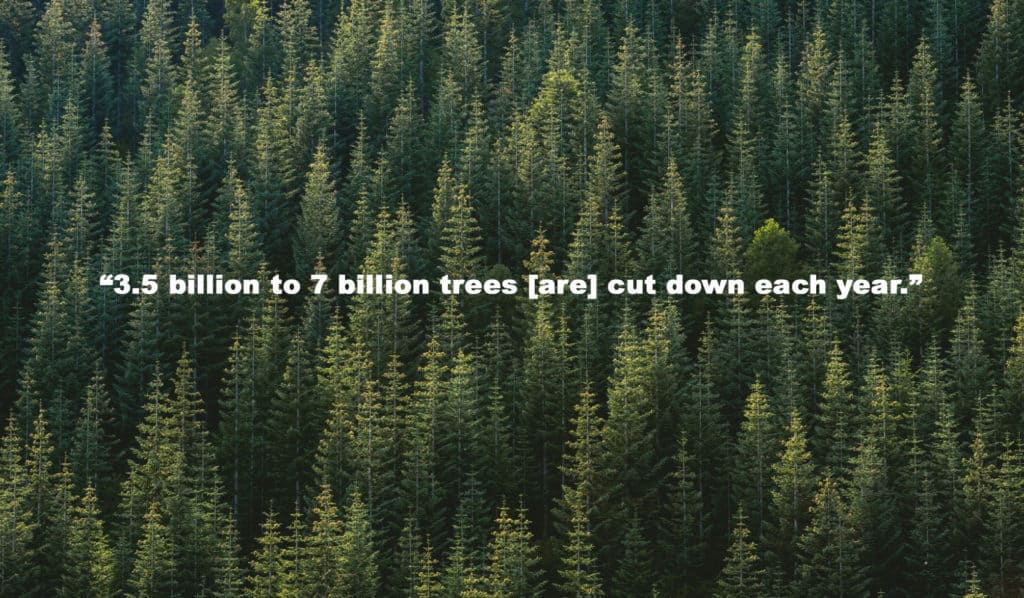Photo by Nihls Stahl / Unsplash
More and more higher education institutions are incorporating digital educational programs.
This adoption is shaping the future of learning as new pedagogical methods are being developed in response to the availability of new technologies and platforms.
Some of these new methods include:
- Blended Courses: incorporate in-person and digital learning into one class, with more emphasis on online activities.
- Flipped Courses: students view lecture content before a class, then spend in-class time on more active learning interactions with the instructor and students.
- MOOC (Massive Open Online Course): fully online courses that are open for public enrollment, often attracting thousands of students worldwide.
Of all these approaches, each have the opportunity to provide affordable courses, open access to resources, and individualize the educational needs of all students. Another significant benefit audiences may not realize is that online learning can provide significant environmental benefits. By starting to integrate digital learning tools into classroom and curricula, we can reduce our ecological footprints and encourage more sustainability.
Importance of Ecological Footprints
An ecological footprint tracks our demand and supply of our planet’s natural resources.
Demand (or ecological footprint) falls under our consumption of natural resources, while supply (or biocapacity) falls under the Earth’s capacity to produce them. If the demand and supply are close in value, that means there are enough resources for us to consume.
In the United States alone, there is a 133% biocapacity deficit (the percentage of ecological footprint that exceeds biocapacity) which translates to an immense over-consumption of our natural resources just within one country. As our environmental reserves are dwindling, sustainability has never been more important. There are a number of ways we can prevent further damage and online education is one key, viable solution.
We’ll be looking intro three factors that can limit our ecological footprint within college and university campuses: transportation, waste prevention, and tree preservation.

Transportation + Waste Prevention
In a study by U.S. News (2013), about 19 percent of freshmen students took their own vehicles to campus or lived off-campus.
With that in mind, car exhaust itself causes irreversible damage to the environment. With the emission of carbon monoxide and other harmful pollutants, vehicles have become “one-third of all U.S. air pollution.”
If courses integrated the use of blended learning (in-person sessions merged with online learning) for example, students would be able to reduce the amount of gas emissions with fewer commutes per week, while still having access to on-campus learning.
In terms of waste prevention, the average college student produces an average of 640 lbs. of solid waste each year. Colleges within the U.S. waste 22 million lbs. of food yearly. In a study conducted by the University of Missouri (2014), their sports stadium alone created 47.3 metric tons of food waste.
As these studies show, food waste is a major problem within college environments. All discarded food ends up in landfills to decompose and produce methane, a potent greenhouse gas that has been rapidly changing our environment and weather patterns.
Along with landfills, the resources and production that goes into making our food also affects our environment. Various factors such as harmful pesticides or the extended use of water and land can contaminate drinking water and harm wildlife.
In the same way that introducing blended learning courses can help to reduce weekly commutes to campus, strategies that involve both online and on-campus learning could reduce waste by limiting the amount of students on campus to contribute to any food or solid waste.
Tree Preservation
As mentioned previously, the average college student creates about 640 lbs. of waste each year. Within that amount, students dispose nearly 320 lbs. of paper alone. Paper waste take up enormous amounts of natural resources—most significantly trees.

Around “3.5 billion to 7 billion trees [are] cut down each year.” If more colleges adapt to paperless learning, we would be able to expand the existing benefits of trees such as providing ecosystems for wildlife, absorbing carbon dioxide and other poisonous gases, and easing feelings of anxiety or depression.
From countless copies of readings and handouts, to essays and paper-based quizzes/exams, paper plays a significant role in educational institutions. However, if those physical copies were transferred online into a learning management system (LMS) like Kannu, students would be able to have access to all necessary class materials within a digital space. Not only would this result in a significant reduction of natural resources, but printing costs would also decrease substantially. Moreover, digital tools such as LMS platforms make the day-to-day work of an instructor or administrator much more efficient: can you imagine never having to print, collate, or staple a course handout again? Yes, it’s a beautiful thing.
Remember, even small steps toward incorporating digital learning can provide meaningful changes towards a more sustainable world, and it’s never too late to get started.
